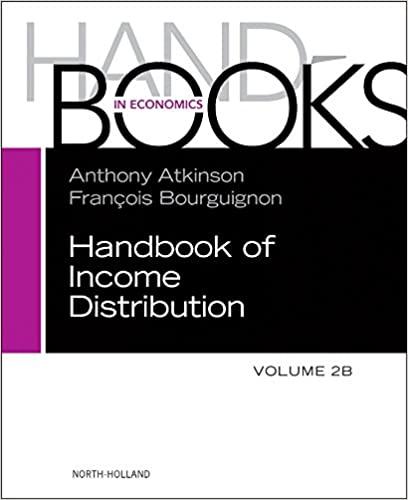Given the available information, what are the free cash flows in years 0 through 10 that should be used to evaluate the proposed project? ( round to three decimal places)
You are a manager at Northern Fibre, which is considering expanding its operations in synthetic fibre manufacturing. Yor boss comes into your office, drops a consultant's report on your desk, and complains, "We owe these consultants $1.9 million for this report, and I am not sure their analysis makes sense. Before we spend the $18 million on new equipment needed for this project, look it over and give me your opinion." You open the report and find the following estimates (in millions of dollars): You are a manager at Northern Fibre, which is considering expanding its operations in synthetic fibre manufacturing. Yor boss comes into your office, drops a consultant's report on your desk, and complains, "We owe these consultants $1.9 million for this report, and I am not sure their analysis makes sense. Before we spend the $18 million on new equipment needed for this project, look it over and give me your opinion." You open the report and find the following estimates (in millions of dollars): All of the estimates in the report seem correct. You note that the consultants used straight-line depreciation for the new equipment that will be purchased today (year 0 ), which is what the accounting department recommended for financial reporting purposes. CRA allows a CCA rate of 45% on the equipment for tax purposes. The report concludes that because the project will increase earnings by $5.694 million per year for 10 years, the project is worth $56.94 million. You think back to your glory days in finance class and realize there is more work to be done! First you note that the consultants have not factored in the fact that the project will require $11 million in working capital up front (year 0 ), which will be fully recovered in year 10 . Next you see they have attributed $1.44 million of selling, general and administrative expenses to the project, but you know that $0.72 million of this amount is overhead that will be incurred even if the project is not accepted. Finally, you know that accounting earnings are not the right thing to All of the estimates in the report seem correct. You note that the consultants used straight-line depreciation for the new equipment that will be purchased today (year 0 ), which is what the accounting department recommended for financial reporting purposes. CRA allows a CCA rate of 45% on the equipment for tax purposes. The report concludes that because the project will increase earnings by $5.694 million per year for 10 years, the project is worth $56.94 million. You think back to your glory days in finance class and realize there is more work to be done! First you note that the consultants have not factored in the fact that the project will require $11 million in working capital up front (year 0 ), which will be fully recovered in year 10 . Next you see they have attributed $1.44 million of selling, general and administrative expenses to the project, but you know that $0.72 million of this amount is overhead that will be incurred even if the project is not accepted. Finally, you know that accounting earnings are not the right thing to You are a manager at Northern Fibre, which is considering expanding its operations in synthetic fibre manufacturing. Yor boss comes into your office, drops a consultant's report on your desk, and complains, "We owe these consultants $1.9 million for this report, and I am not sure their analysis makes sense. Before we spend the $18 million on new equipment needed for this project, look it over and give me your opinion." You open the report and find the following estimates (in millions of dollars)










